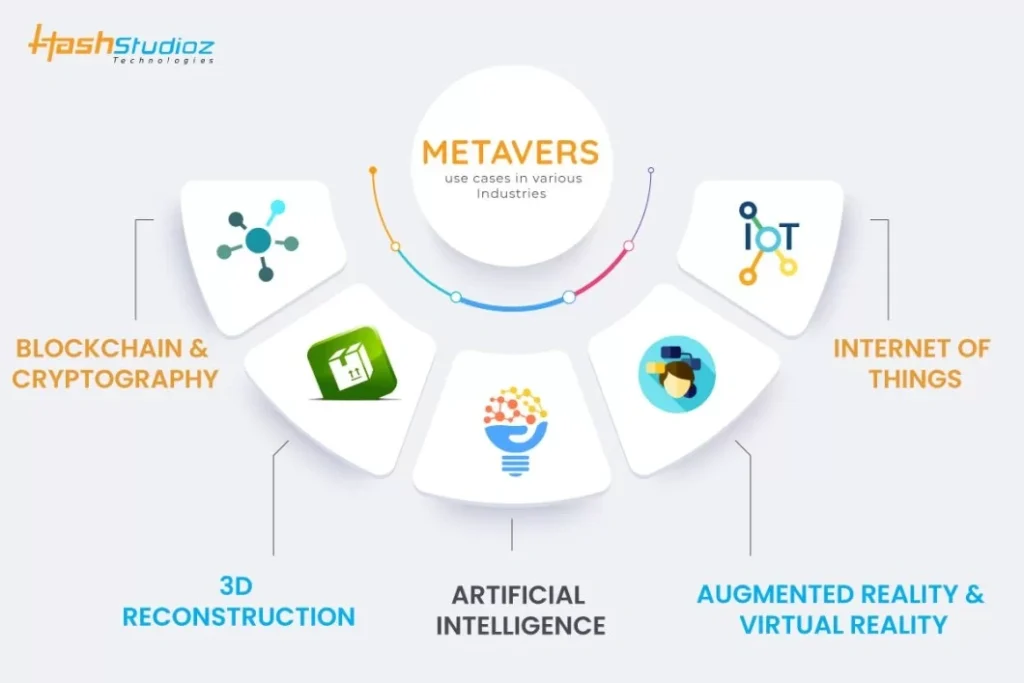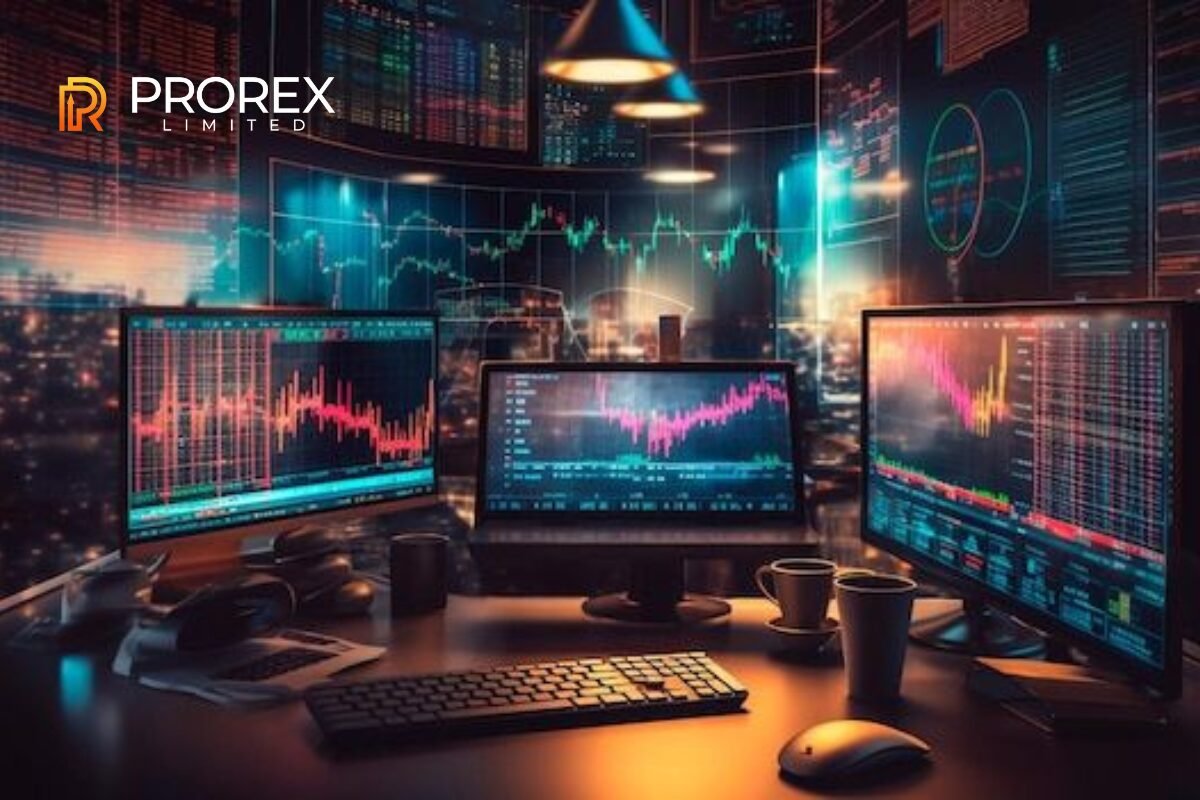The connection between the metaverse and crypto is rapidly reshaping the way people think about ownership, work, and even reality itself. While the terms may sound complex, the concept is simple at its core: the metaverse is a digital space where people can interact, and crypto is the technology that helps those spaces run, grow, and sustain economies.
For beginners, these ideas might feel overwhelming. But just like early websites or smartphones once seemed foreign, the metaverse and its use of blockchain-based tools are becoming part of everyday digital life. From buying a piece of virtual real estate to trading in-game assets or attending a virtual concert, many people are already participating in a digital economy — sometimes without even realizing it.
This article explains how it all works, who’s building it, and why it matters — with practical examples, simple language, and a look at what lies ahead.
What Is the Metaverse, and Where Does Crypto Fit In?
The metaverse is not a single place. Instead, it’s a collection of virtual environments — social platforms, games, marketplaces, and digital experiences — where users interact through avatars or other digital identities. These spaces are designed to feel immersive and persistent, meaning they continue to evolve whether or not you’re logged in.
Now, where does crypto come into play? To function as more than just a visual experience, the metaverse needs a system of ownership, trade, and trust. That’s where blockchain — the technology behind cryptocurrencies — becomes essential. It allows users to prove ownership of digital items, transfer value between platforms, and govern their virtual communities without relying on a single company.
So, when people talk about the metaverse in crypto, they’re referring to virtual platforms where blockchain enables things like digital property, virtual currency, smart contracts, and NFT assets.
Ownership in the Virtual World: Why Blockchain Matters
Traditional online games and platforms often control everything: your account, your items, your access. You can spend hundreds of hours or dollars in a game and still lose access if a company shuts down or changes its rules. In contrast, a blockchain-based metaverse allows real ownership. If you own a piece of virtual land or a digital jacket as an NFT, it’s stored on a blockchain — and only you control it, via your crypto wallet.
This difference unlocks new possibilities. People can create, buy, or sell digital assets just like they would in the real world. Some earn income by hosting virtual events, selling NFT art, or designing spaces for others. Blockchain doesn’t just make this possible — it makes it verifiable, secure, and transferable.
The Building Blocks: Crypto Assets in the Metaverse

Credit from Inside Bitcoins
Each metaverse platform uses its own type of crypto asset, often in the form of tokens or NFTs. Tokens are used for transactions, while NFTs represent unique items like virtual land, artwork, or clothing.
A platform like The Sandbox uses its own token ($SAND) to let users buy land, build games, and trade virtual goods. Others, like Decentraland, use $MANA in similar ways. These are often referred to as metaverse crypto coins — and many are available on mainstream exchanges for public trading.
Because the metaverse is decentralized, it relies on user activity to grow. This is where crypto in virtual worlds creates powerful incentives: people are rewarded with tokens for participating, building, or contributing to the environment.
Real Uses of Metaverse and Crypto

Credit from HashStudioz Technologies
The combination of metaverse blockchain technology and crypto assets supports a wide variety of activities. For example, virtual concerts allow fans to attend shows from anywhere and buy merchandise as NFTs. Digital architects build and sell custom-designed buildings. Educators host interactive workshops with entry passes managed through smart contracts.
Entire businesses are being launched inside the metaverse. Some users lease digital land to companies. Others run NFT art galleries. The lines between digital and real-world economies are increasingly blurred — and crypto enables this by making digital assets valuable and tradable.
Table: Metaverse Crypto Use Cases Across Platforms
| Platform | Token Used | Main Features | Type of Asset Ownership |
|---|---|---|---|
| Decentraland | $MANA | Virtual real estate, events, avatar customization | NFTs, DAO Governance |
| The Sandbox | $SAND | Game building, NFT sales, creator rewards | NFTs, Smart Contracts |
| Otherside (Yuga) | $APE | NFT-based avatars, social gaming, lore-driven land | NFTs, Land NFTs |
| Somnium Space | $CUBE | VR-focused environments, property development | Full-ownership NFTs |
| Axie Infinity | $AXS, $SLP | Play-to-earn battles, creature breeding | NFT Characters & Items |
Understanding Tokenomics in Virtual Economies
Tokens within the metaverse don’t operate like simple in-game coins. Their value is shaped by tokenomics — the economic models that govern supply, demand, inflation, rewards, and utility. For example, a limited supply of land NFTs in Decentraland helps keep property valuable. Tokens might be earned through activity (like playing games or hosting events) and used for voting on development decisions.
Platforms often issue governance tokens, which give holders a voice in shaping the ecosystem. This means users aren’t just players — they’re stakeholders.
Good tokenomics balances incentives for creators, users, and investors. Poorly designed systems, on the other hand, can suffer from inflation, spam, or user drop-off. Understanding how a platform structures its token ecosystem is essential before investing or participating.
Crypto Wallets and Digital Identity
To access and interact with crypto-based metaverses, users need a crypto wallet. This wallet doesn’t just hold money — it acts as your identity. Whether you’re buying digital clothing or voting on a platform update, your wallet confirms who you are and what you own.
Popular wallets like MetaMask or Phantom allow users to connect to various platforms with ease. They also enable portability — meaning you could use the same avatar, items, or credentials across different metaverse experiences, depending on integration.
In this way, the wallet becomes more than a storage device — it’s a passport for the metaverse.
How to Get Started with Metaverse and Crypto
For newcomers, entering this world doesn’t require heavy investment. You can begin by exploring free experiences, observing NFT markets, or joining community channels of major platforms.
To start:
- Set up a crypto wallet with tools like MetaMask.
- Buy small amounts of metaverse tokens via exchanges.
- Explore platforms like Decentraland or Voxels — many offer free guest experiences.
- Follow community projects, governance forums, or NFT art events to understand how the ecosystem evolves.
As interest grows, many educational resources and sandbox environments are emerging to help beginners participate without financial risk.
Challenges and Considerations
While the vision of an open, user-owned metaverse is compelling, it’s not without its hurdles. Regulatory uncertainty remains a major issue — particularly around virtual property rights and financial transactions. Technical barriers, such as scalability and accessibility, also affect user adoption.
There’s also the risk of speculation. Many metaverse crypto tokens fluctuate in price, and not all projects deliver on their promises. As with any investment or technology trend, critical thinking and responsible participation are key.
Looking Ahead: The Future of Metaverse and Crypto
As industries such as gaming, education, retail, and real estate experiment with metaverse concepts, the role of crypto is becoming more defined. New platforms are being built around Web3 metaverse and crypto principles — meaning greater control for users, open access, and reward systems for participation.
From virtual economies to metaverse real estate with crypto, the digital world is evolving into a place not just for play, but for work, creativity, and commerce. The hope is that by combining immersive technologies with decentralized finance, users will gain more power and freedom than ever before in digital environments.
Conclusion: A New Layer of Reality
The relationship between the metaverse and crypto is opening up a new frontier — one where virtual and real worlds coexist, and where digital actions carry real value. Blockchain ensures trust, crypto enables trade, and immersive platforms provide the stage.
For beginners, now is a good time to explore — not with urgency, but with curiosity. As the technology matures, understanding its foundations will offer not just financial opportunities but insight into the future of how we live and connect online.



